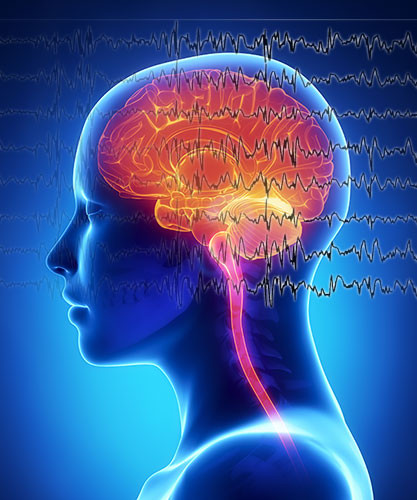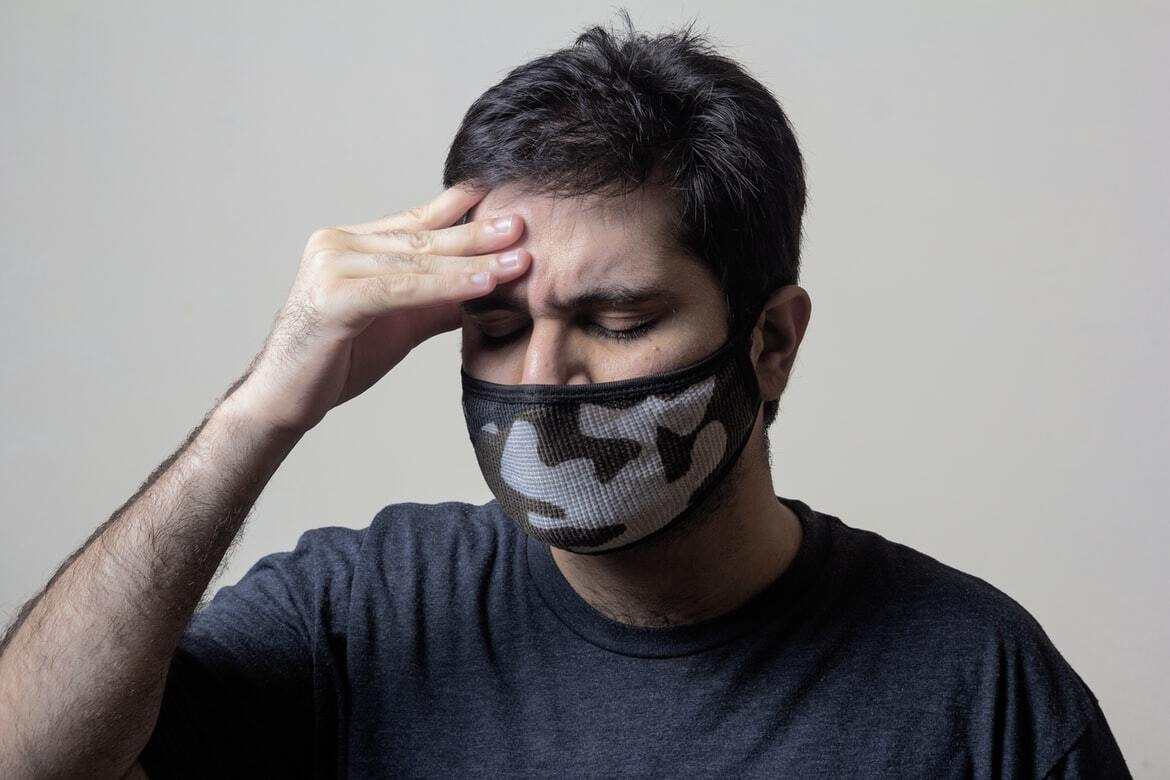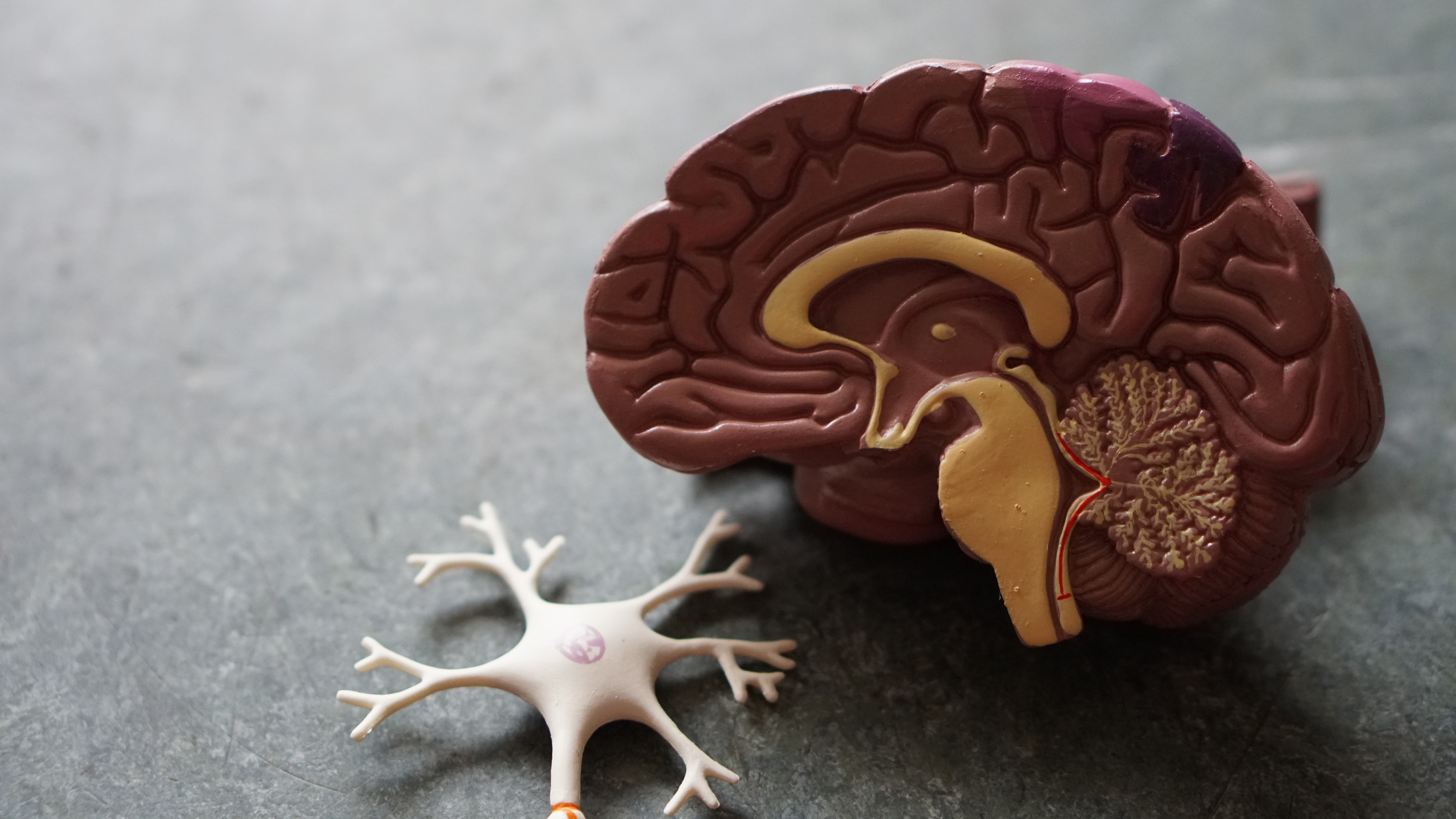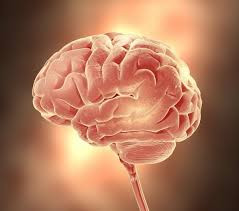Definisi
Hemoragik berarti perdarahan dalam bahasa medis. Stroke hemoragik mengacu pada gangguan pada otak yang terjadi saat pembuluh darah dalam otak mengalami kebocoran pada kasus tekanan darah tinggi, atau pembuluh darahnya abnormal, sehingga terjadi perdarahan di bagian dalam atau sekitar otak. Kebocoran darah tersebut bisa menekan jaringan otak dan membuat otak menjadi bengkak. Selain itu, bagian tubuh yang dikendalikan oleh area otak yang cedera tersebut jadi tidak bisa bekerja dengan baik.
Stroke diklasifikasikan berdasarkan jenis dan di mana lokasi perdarahannya. Stroke adalah penyebab utama dari cedera dan disabilitas yang berkepanjangan. Kerusakan pada otak akibat stroke bisa berkurang bila pasien segera mendapat tata laksana yang tepat. Semakin banyak perdarahan yang terjadi, keadaan pasien bisa semakin memburuk. Pasien bisa mengalami penurunan kesadaran dan gangguan neurologis.
Persentase insiden kasus stroke adalah 12-15% per 100.000 kasus setiap tahunnya, dan banyak ditemukan di negara-negara Asia. Stroke lebih sering terjadi seiring peningkatan usia dan pada pria.
Penyebab
Stroke hemoragik disebabkan oleh perdarahan dari pembuluh darah yang terjadi mendadak di dalam otak atau sekitarnya. Penyebab paling sering dari stroke adalah hipertensi (tekanan darah tinggi). Hipertensi menyebabkan pembuluh darah mengalami degenerasi. Semakin lama seseorang menderita tekanan darah tinggi, lama-lama akan terjadi kerusakan tidak hanya pada pembuluh darah namun juga pada otot halus arteri.
Terjadi penekanan jaringan otak dan peningkatan tekanan dalam kepala sebagai akibat dari perdarahan tersebut. Perdarahan pada jaringan otak ini bisa semakin membesar dalam kurun waktu 3-12 jam. Perdarahan yang terjadi tidak hanya mengganggu otak, tetapi juga mengganggu stabilitas sel saraf, dan bisa terjadi disfungsi sel serta pembengkakan sel. Perdarahan ini pada akhirnya menyebabkan radang dan bengkak pada otak.
Ada juga penyakit lain yang dapat menyebabkan terjadinya perdarahan otak pada lansia, yaitu angiopati amiloid serebral. Pada penyakit ini, terjadi gangguan dalam pembuluh darah kapiler, arteriol, serta arteri yang berukuran kecil sampai sedang di jaringan otak dan otak kecil. Insiden penyakit ini juga meningkat seiring dengan peningkatan usia. Penyakit ini dapat menyebabkan perdarahan spontan dan berulang pada pembuluh darah di otak.
Faktor Risiko
Berikut adalah faktor-faktor risiko yang dapat menyebabkan seseorang mengalami stroke hemoragik:
- Usia >55 tahun dan ras Asia adalah faktor risiko yang tidak dapat diubah, ditemukan peningkatan risiko terjadinya perdarahan di pembuluh darah otak.
- Cedera kepala yang menyebabkan perdarahan.
- Eklampsia (tekanan darah tinggi dan kejang selama kehamilan atau persalinan).
- Tumor pada jaringan otak seperti:
- Glioblastoma.
- Meningioma.
- Tumor kelenjar hipofisis.
- Penyebaran kanker lain ke jaringan otak.
- Peningkatan risiko gangguan pembekuan darah dan berkurangnya trombosit karena penyakit hepar kronis.
- Memiliki penyakit seperti hipertensi atau diabetes mellitus yang tidak terkontrol.
- Penyakit ginjal kronis.
- Konsumsi alkohol atau zat terlarang (kokain, amfetamin, heroin) yang kronis dan berlebihan.
- Kebiasaan merokok.
- Terdapat penelitian mengenai jangka waktu tidur lebih dari 8 jam, serta jam kerja yang panjang dapat meningkatkan risiko terjadi perdarahan pada otak.
Gejala
Pada stroke hemoragik, terdapat gejala awal yang mendahului manifestasi dari penyakit, atau yang dikenal sebagai gejala prodromal. Peningkatan tekanan dalam kepala dapat memunculkan gejala seperti sakit kepala hebat, muntah yang menyembur, sampai penurunan kesadaran. Defisit neurologis yang terjadi tergantung dari bagian otak mana yang tertekan oleh perdarahan. Gejala defisit saraf yang bisa terlihat adalah mulut mencong, bicara pelo, gangguan penglihatan, kelemahan sampai kelumpuhan anggota gerak, kejang, dan penurunan kesadaran.
Gejala pada stroke hemoragik biasanya terjadi cepat dan bersifat progresif. Bila gejala yang terlihat pada pasien semakin memburuk, hal ini menandakan bahwa proses perdarahan semakin meluas, atau ada peningkatan area otak yang bengkak. Oleh karena itu, pasien yang mengalami gejala stroke harus segera dibawa ke unit gawat darurat di rumah sakit untuk mendapatkan tatalaksana segera, agar tidak semakin banyak sel-sel otak yang mengalami kerusakan.
Diagnosis
Dokter mendiagnosis stroke hemoragik dari gejala klinis dan pemeriksaan fisik, riwayat penyakit pasien, serta pemeriksaan radiologi. Pemeriksaan radiologi biasanya dilakukan bila dokter mencurigai terjadi perdarahan di dalam area kepala. Pemeriksaan radiologi bisa membantu memperlihatkan adanya bekuan darah atau perdarahan di otak dan sekitarnya. Pemeriksaan penyinaran yang biasanya dilakukan pada kasus ini adalah CT scan kepala atau MRI otak. Luas perdarahan dan volume bekuan darah juga bisa diperkirakan melalui hasil penyinaran ini. Biasanya, volume perdarahan lebih dari 60 cc dikaitkan dengan angka kematian yang tinggi. Pemeriksaan MRI dikatakan bisa membedakan perdarahan primer dengan perubahan perdarahan dari infark. Pemeriksaan ini juga bisa mendeteksi bila ada penyakit lain yang menyebabkan terjadinya perdarahan seperti thrombosis vena otak atau tumor.
Selain pemeriksaan radiologi, pemeriksaan laboratorium darah juga dapat membantu menemukan gangguan pada pasien. Pemeriksaan darah yang dilakukan biasanya terkait gangguan pembekuan darah, seperti pemeriksaan waktu perdarahan, waktu pembekuan, jumlah trombosit, pemeriksaan darah tepi, dan pemeriksaan PT/aPTT. Biasanya gula darah, profil lipid, fungsi ginjal, dan fungsi hati juga diperiksa untuk mengecualikan adanya gangguan lain yang menjadi penyebab terjadinya perdarahan otak.
Tata Laksana
Seperti yang sudah dipaparkan di atas, pasien yang menunjukkan gejala perdarahan di jaringan otak dan sekitarnya memerlukan penanganan medis segera. Terapi harus cepat diberikan untuk mencegah terjadinya perluasan kerusakan penyakit yang dapat menyebabkan komplikasi yang mengancam nyawa. Terapi yang diberikan oleh dokter pada pasien stroke hemoragik tergantung dari penyebab perdarahan, lokasi dan volume perdarahan.
Pasien akan diberikan infus cairan dan obat penurun tekanan darah (bila tekanan darah tinggi) untuk sebagai upaya stabilisasi sistem peredaran darah pasien. Tekanan darah diturunkan secara bertahap sampai mencapai 150/90 dan diperiksa setiap 10-15 menit. Pasien juga akan mendapatkan obat-obatan lain untuk menghentikan perdarahan, mencegah terjadinya pembekuan darah, serta melindungi pasien dari stres oksidatif dan peradangan pada jaringan otak.
Ada juga tata laksana melalui prosedur operasi. Prosedur ini bisa dilakukan dalam 48-72 jam pertama setelah perdarahan, atau ditunda sampai satu-dua minggu setelah kondisi pasien stabil. Prosedur operasi yang dilakukan tergantung dari penyebab perdarahan yang ditemukan.
Biasanya pasien akan diobservasi secara ketat dalam ruangan intensif. Terapi yang diberikan bertujuan untuk mencegah terjadinya komplikasi yang dapat membahayakan nyawa pasien. Diusahakan juga agar stroke ini tidak terjadi berulang dan pasien bisa berfungsi kembali senormal mungkin setelah serangan stroke melalui rehabilitasi.
Komplikasi
Hampir setengah kematian akibat stroke terjadi karena komplikasi medisnya. Stroke hemoragik bisa menimbulkan komplikasi seperti hidrosefalus, edema serebri, gumpalan darah, sampai gangguan di sistem organ lain yang meliputi komplikasi pada paru-paru dan jantung. Berikut adalah gangguan yang dapat muncul akibat stroke hemoragik:
- Gumpalan darah (deep vein thrombosis, emboli paru)
- Kejang
- Kesulitan makan dan minum yang bisa menyebabkan malnutrisi
- Infeksi saluran kemih
- Gangguang jantung (aritmia, serangan jantung)
- Ulkus dekubitus
- Distres pernapasan
Pencegahan
Kita bisa mencegah terjadinya stroke hemoragik dengan menghindari faktor-faktor risiko yang sudah dipaparkan di atas. Tekanan darah harus dikendalikan, hindari konsumsi alkohol dan zat terlarang, kurangi atau hentikan kebiasaan merokok. Bila tekanan darah Anda tinggi, konsultasikan dengan dokter bila Anda memerlukan pengobatan untuk mengendalikan tekanan darah.
Kapan Harus ke Dokter?
Anda harus segera mendapatkan penanganan medis di fasilitas kesehatan terdekat bila Anda atau keluarga terdekat mengalami gejala defisit neurologis yang timbul mendadak seperti bicara pelo, kelemahan atau kelumpuhan anggota gerak, bahkan sampai kejang atau penurunan kesadaran.
Ingin tahu informasi lainnya seputar penyakit saraf? Yuk simak informasinya di sini ya!
- dr Hanifa Rahma
PERDOSSI. Stroke Hemoragik (2016). Available from: http://snars.web.id/ppkneurologi/ppkneurologi.pdf
An S, Kim T, Yoon B. Epidemiology, Risk Factors, and Clinical Features of Intracerebral Hemorrhage: An Update (2016). Journal of Stroke. Available from: https://www.j-stroke.org/journal/view.php?number=163
Healthline. Hemorrhagic Stroke (2018). Available from: https://www.healthline.com/health/hemorrhagic-stroke#prevention
Unnithan A, Mehta P. Hemorrhagic Stroke (2021). NCBI Statpearl. Available from: https://www.ncbi.nlm.nih.gov/books/NBK559173/
Cedars Sinai (2021). Hemorrhagic Stroke. Available from: https://www.cedars-sinai.org/health-library/diseases-and-conditions/h/hemorrhagic-stroke.html
Caplan L (2021). Patient education: Hemorrhagic stroke treatment (Beyond the Basics). Available from: https://www.uptodate.com/contents/hemorrhagic-stroke-treatment-beyond-the-basics












